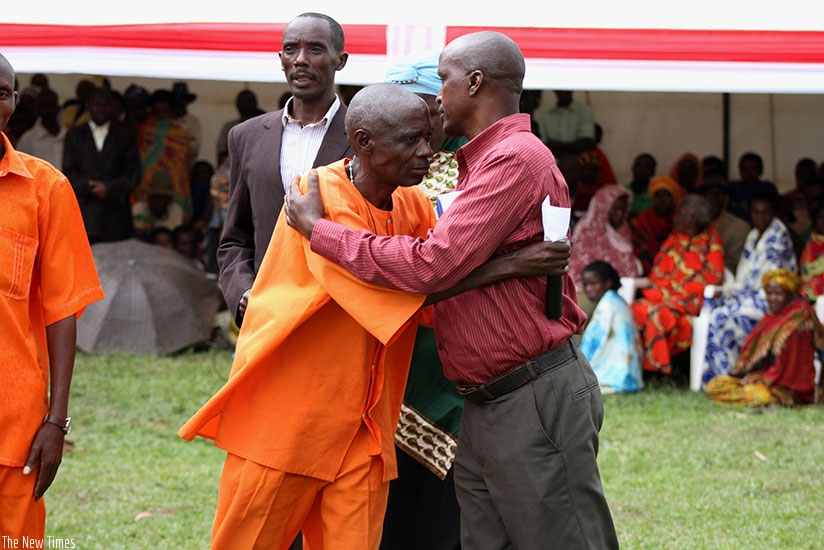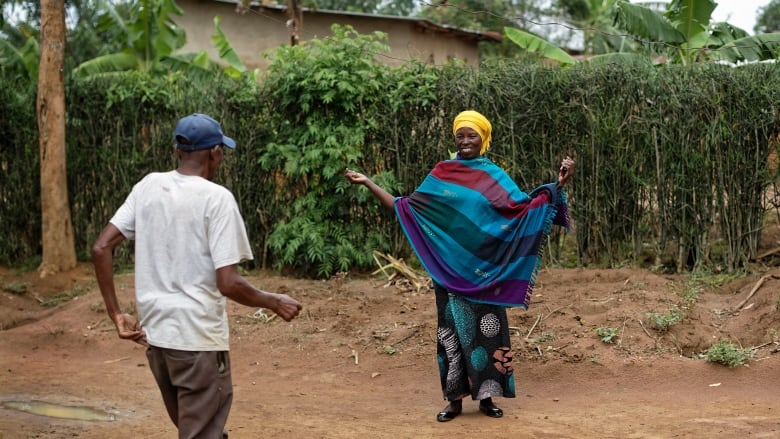Reconciliation

Reconciliation
The genocide against the Tutsi in Rwanda, which occurred in 1994, was a tragic and horrific event in which approximately 800,000 Tutsi individuals were systematically killed by Hutu extremists within a span of just 100 days. Reconciliation in the aftermath of such a devastating conflict is a complex and ongoing process in Rwanda.
Reconciliation: Genocide against Tutsi in Rwanda
Rwanda’s journey towards healing and reconciliation following the genocide in 1994 has been remarkable. The government and the people of Rwanda have implemented various initiatives and programs aimed at promoting unity, forgiveness, and rebuilding the nation. Here are some key steps taken by Rwanda in its efforts to move forward from the genocide and foster reconciliation:
Gacaca Courts: In order to expedite the legal process for thousands of genocide cases, Rwanda established the Gacaca courts. These community-based tribunals aimed to bring justice and promote healing by encouraging perpetrators to confess their crimes and seek forgiveness from the survivors.
National Unity and Reconciliation Commission (NURC): The NURC was established as a government body to oversee and coordinate programs focused on unity and reconciliation. It aims to foster a sense of shared national identity, restore social cohesion, and promote dialogue among different groups in society.
Ingando Solidarity Camps: These camps were created to facilitate the reintegration of former combatants and promote reconciliation. Both survivors and perpetrators of the genocide participated in these camps, engaging in activities such as group discussions, education, and vocational training.
Memorials and Commemorations: Rwanda has established numerous memorial sites and museums, such as the Kigali Genocide Memorial, where the victims of the genocide are honored and remembered. These sites serve as reminders of the atrocities committed and promote education about the genocide to prevent future conflicts.
Unity and Reconciliation Villages: These villages were established to encourage survivors and perpetrators to live together, fostering mutual understanding and support. Through communal activities and initiatives, residents learn to coexist and build relationships based on forgiveness and empathy.
Education and Healing Programs: Rwanda has integrated peace education and healing programs into its school curriculum. Children learn about the genocide, its causes, and the importance of unity and reconciliation. Additionally, trauma counseling and psychosocial support services are provided to survivors and their families.
Kwibuka: Kwibuka, meaning “remember” in Kinyarwanda, is an annual commemoration held in Rwanda to honor the victims of the genocide. The week-long event includes various activities such as memorial ceremonies, discussions, and cultural performances. Kwibuka serves as a national reminder of the importance of unity and the commitment to preventing future atrocities.
These initiatives, among others, have played a significant role in Rwanda’s remarkable progress in healing and reconciliation. While the journey is ongoing, Rwanda has demonstrated that it is possible to move forward from a devastating conflict and foster unity among survivors and perpetrators. The nation’s commitment to acknowledging the past, promoting dialogue, and investing in education and healing has been crucial in building a more inclusive and peaceful society.

You can also contribute to making your community a better place to live in by mentoring people on how to be more responsible.
Other Campaigns
Drug Abuse
Addiction is a complex issue, and it can be particularly challenging for people to overcome.
Human Trafficking
Human trafficking is a global problem, and Africa is not immune to it.
Haven Empowerment
The process of enabling individuals or communities to gain control over their lives, make informed decisions, and take action to improve their circumstances.